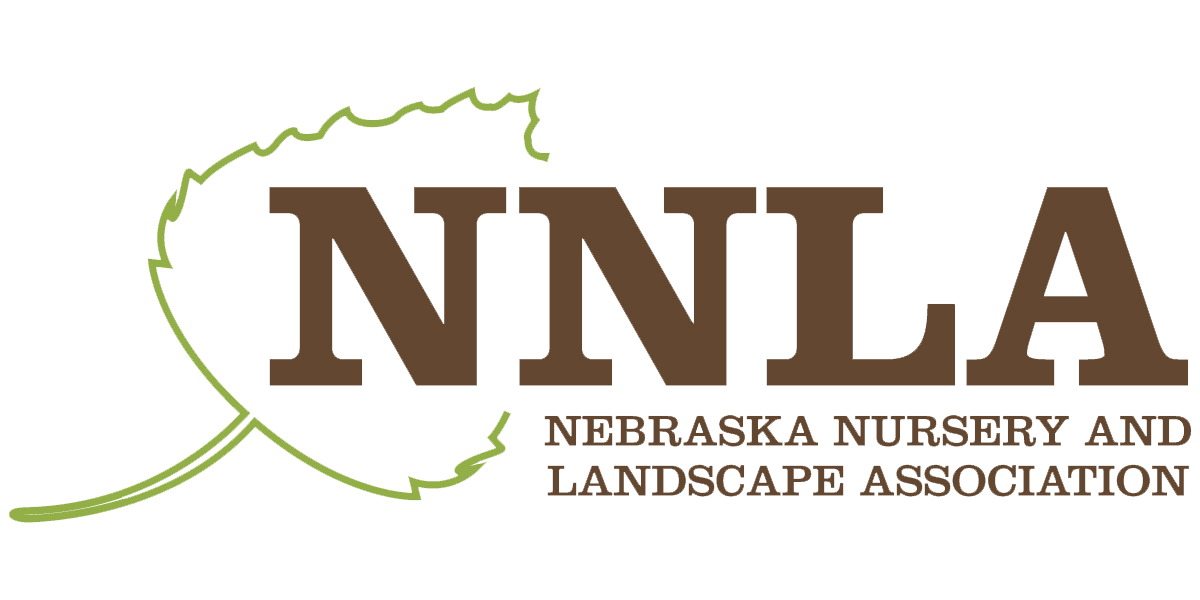Best Trees and Shrubs for Attracting Birds
The yard around your house may seem like it belongs just to you, but that’s not quite the truth. Even the most private, enclosed backyard is home to a whole range of other creatures, from insects and butterflies to birds and mammals. We may not want neighbors camping out there, but most of us love to have birds nesting or stopping by. According to the U.S. Fish and Wildlife Service, bird watching is the number one sport in North America, and it’s a sport that can be pursued from infancy to old age. What trees are most likely to attract birds to our landscapes? Not surprisingly, native trees offer the most extensive resources for native birds. It’s a mutually beneficial relationship, with trees supplying shelter, food, and habitat and birds, in turn, helping trees spread far beyond their static boundaries.
If you’re thinking about planting some trees this year, here are some potential “bird magnets,” listed roughly by seasonal appeal and, for many, the particular species of birds that relies on them. Many of the early spring-fruiting trees are timed perfectly to help birds with the non-stop demands of feeding their young. For spring through summer, here are some great food sources:
• Cherry, Prunus—grosbeak, northern flicker, and white-throated sparrow
• Chokeberry, Aronia - Chokecherry, Prunus virginiana
• Coralberry, Symphoricarpos—upwards of 14 species eat coralberry, including the American robin
• Cucumber tree, Magnolia acuminata—bright red berries in late summer and very easy-to-grow
• Dogwood, Cornus—especially our native rough-leaf dogwood
• Elderberry, Sambucus—red-headed woodpecker, eastern bluebird, cardinal
• Juneberry or serviceberry, Amelanchier—one of the best early food sources for a wide range of birds
• Maple, Acer—cardinal, bobwhite, grosbeak
• Oak, Quercus—turkey, bobwhite quail, bluejay, rufous-sided towhee (dwarf chinkapin oak is a great choice)
Some of the best late winter food sources for birds are actually unpalatable earlier in the season, needing to freeze and thaw several times before birds will eat them:
• Crabapple, Malus—choose from smaller-fruited types that retain fruits into winter
• Hackberry, Celtis—cardinal, northern flicker, and northern mockingbird
• Hawthorn, Crataegus—including our native downy hawthorn
• Persimmon, Diospyros virginiana—bobwhite, eastern bluebird
• Sumac, Rhus—more than 30 species eat these persistent fruits
• Viburnum—cranberry bush, black haw and our native nannyberry are great choices
Conifers offer late-season food and, just as important, valuable shelter during harsh winter months when deciduous trees have lost their foliage: fir, juniper, pine, spruce, and redcedar. But keep in mind that redcedar is an alternate host for rusts on hawthorn and crabapple and should not be planted near them. And keep in mind that leaving some leaves and litter underneath trees not only provides nesting material but also shelters insects as an additional food source.

